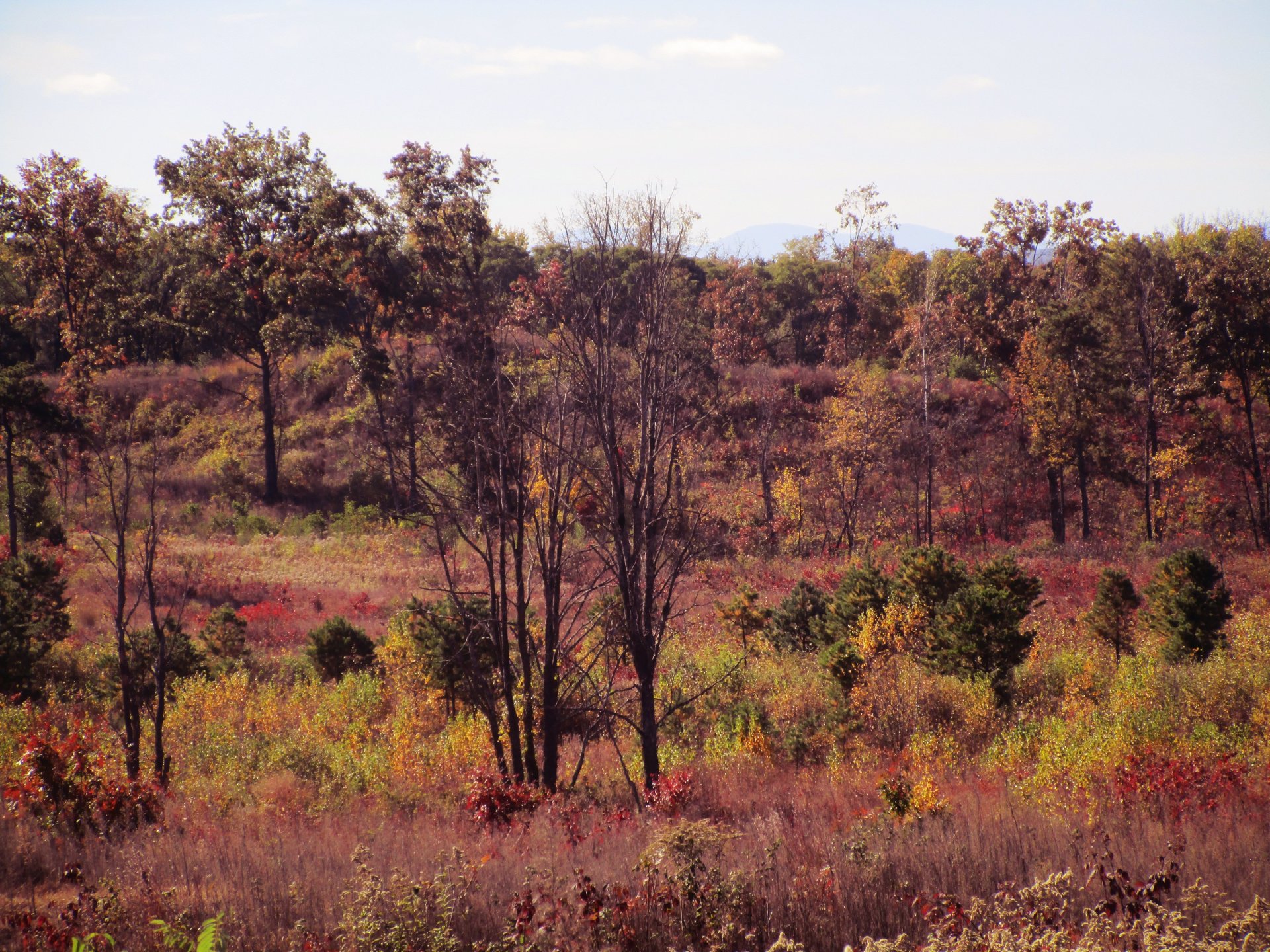Recycling occurs in nature every day. For example, leaves that have fallen to the ground decompose and turn into compost, a nutrient-rich soil which helps plants to grow healthily and strong In addition, the organic material serves as food for bacteria and fungi which serves as food for earthworms which serves as food for beetles and ants, and so on. You can just imagine how this food chain continues. But when you rake leaves and grass clippings and throw then away, you not only create waste that has to be collected and processed, but you interfere with an important cycle in nature. The environmentally-friendly thing to do is to make a compost pile using yardwaste and other organic material.
It’s easy to maintain a compost pile in your backyard Start with soil and then add equal amounts of “greens” and “browns.” “Greens” are sources of protein which attract organisms to the pile to breakdown the material. The “greens” also provide nitrogen to the pile. Examples of “greens” include grass clippings and food scraps. “Browns” are carbohydrates and they provide carbon to the compost pile. Examples of “browns” include dry leaves and twigs.
Once you have established an initial layer of material, place a layer of “greens”, then a layer of “browns”, then a layer of “greens” and continue to alternate the layers on a regular basis. This will ensure that the compost pile has an equal amount of “greens” and “browns.” It’s important to regularly mix the material in the pile if you want the decomposition pro-cess to take place rapidly. Then over a period of anywhere from three to twelve months the material will breakdown into compost and will be ready to be used as a natural fertilizer for plants and trees.
Published in December 14/January 2015 Save the Pine Bush Newsletter
